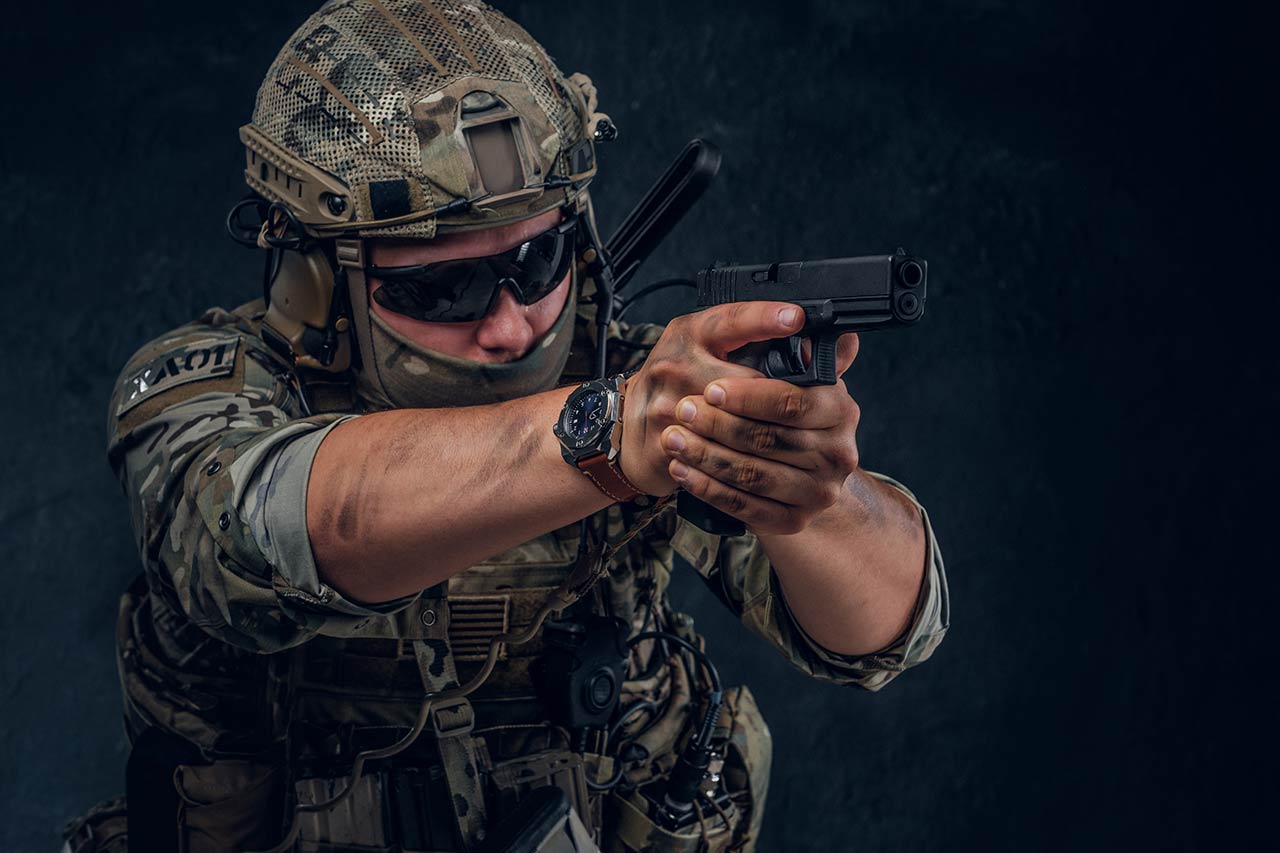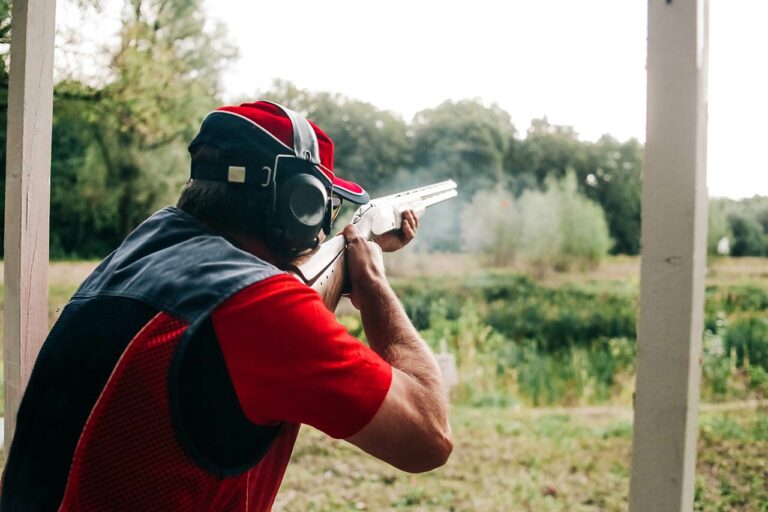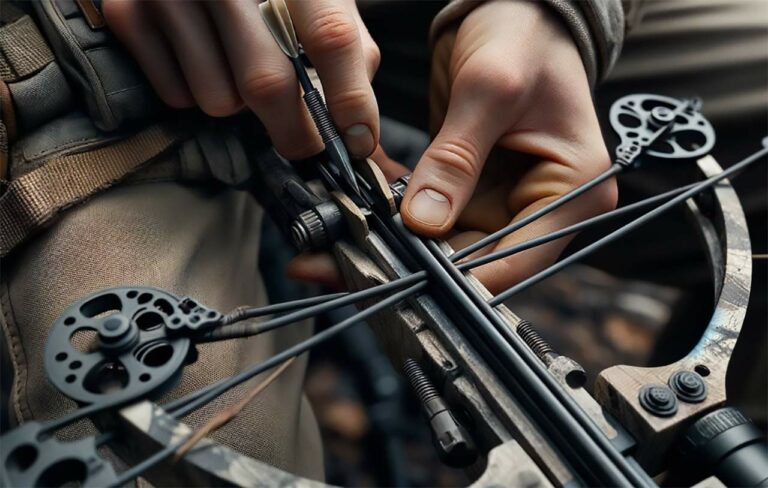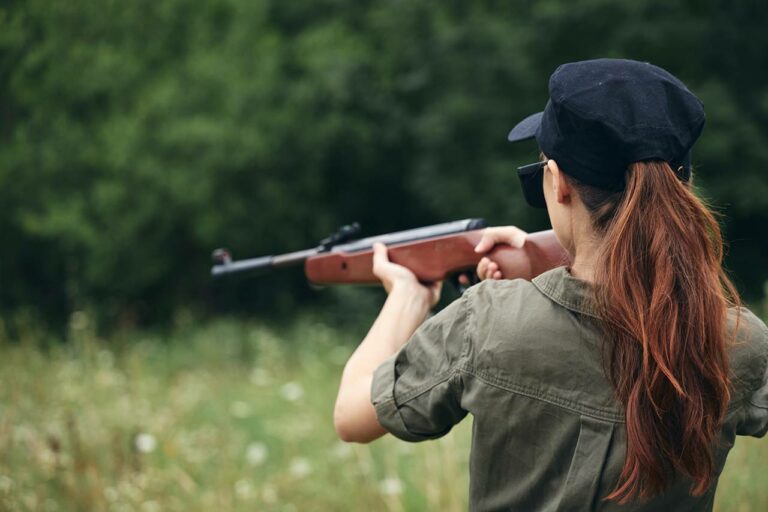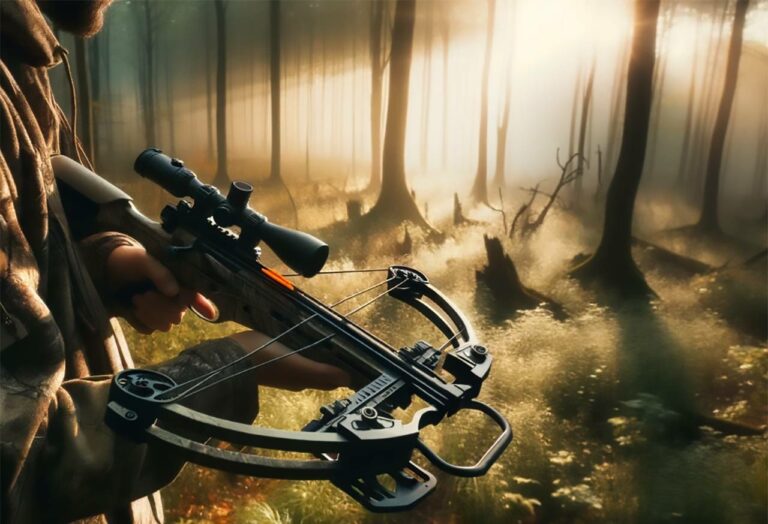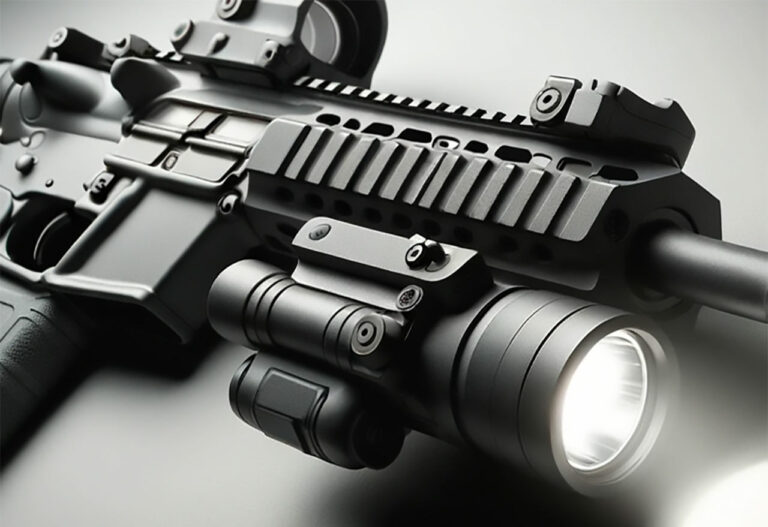How To Adjust Glock Sights: Guide For Precision Shooting
When it comes to shooting, accuracy is crucial. From hunting and target shooting to law enforcement and civilian self-defense, hitting your target is the ultimate goal.
One critical aspect of shooting accurately with a Glock handgun involves properly adjusting its sights. Adjusting Glock sights may seem intimidating at first, but with the right approach, it’s a relatively simple process. By familiarizing yourself with your Glock and understanding the necessary adjustments, you’ll be well on your way to achieving a higher level of precision with your handgun.
Necessary Tools and Equipment
When adjusting your Glock sights, it’s vital to have the right tools and equipment at hand. While not all of these tools are necessary for adjusting the sights on every Glock, these items will make sure you’re well-equipped for the task:
- Sight pusher: This tool is crucial for making precise adjustments to your Glock’s rear sight. A sight pusher allows you to move the sight left or right while keeping it level, ensuring accurate shot placement.
- Pin punch and hammer: You’ll need these to adjust the front sight. A pin punch helps you tap the front sight into the desired position without damaging it or the slide. You can also use a brass punch to minimize the risk of marring your Glock.
- Nylon punch: A nylon punch is an excellent alternative to a brass punch, as it minimizes the risk of damaging your Glock’s frame or sights. It’s essential for a job that requires finesse, like sight adjustments.
- 3/16 Nut driver: This tool is designed specifically for removing and installing the front sight. It’s important to use the correct size to avoid damaging the sight or the mounting screw.
- Threadlocker (Medium strength): Applying threadlocker to the front sight screw will prevent it from loosening due to vibrations when shooting. Make sure to use a medium-strength threadlocker to allow for future adjustments.
- Oil: Oil helps to lubricate the sight pusher and other moving parts when making adjustments. A few drops can go a long way in making the process smoother and easier.
- Vise with nylon jaws: When working on your Glock, clamping it in a vise can provide stability and prevent movement while making adjustments. Nylon jaws help protect the frame from scratches and other damage.
- Hammer: A small hammer may be necessary for tapping the punch when adjusting the front sight. Just a few gentle taps should do the trick; there’s no need for excessive force.
Preparation Before Sight Adjustment
Before diving into the process of adjusting your Glock sights, it’s essential to understand the basics of sight alignment and establish a stable firing stance.
Sight alignment is the relationship between the front and rear sights of your Glock, while sight adjustment refers to making specific changes to the sights to improve accuracy.
To get started with your sight adjustments:
- Make sure your Glock is unloaded and cleared. Safety is always a priority when handling firearms.
- Focus on your sight alignment. Align the top of the front and rear sights with the top edge of the bullseye. The front sight should be centered between the rear sight’s two vertical lines. This alignment is critical for accurate shooting, so take the time to ensure it’s correct.
- Use a proper grip and a smooth trigger pull when firing. A consistent grip and trigger pull are crucial for maintaining accuracy as you shoot. Gradually apply pressure to the trigger until it releases and avoid any sudden jerking movements. This smooth and steady trigger pull helps minimize the impact of your finger on the Glock’s trajectory.
Once you have mastered these basics, you can confidently move towards making sight adjustments on your Glock. Remember that gradual adjustments are better than making significant changes quickly.
Adjusting the Front Sight
Proper sight adjustment on a Glock is crucial to improving your accuracy and ensuring your point of aim (POI) aligns with your point of impact (POI). The front sight on Glocks is primarily for elevation adjustments.
First, you’ll need a sight pusher or a punch and hammer to make slight adjustments. When adjusting the front sight, remember that moving the sight left will shift the POI to the left, and moving it right will shift the POI to the right. Before making any adjustments, verify your Glock is unloaded and has no live ammunition in the chamber.
When you’re sure your Glock is safe for adjusting:
- Secure your Glock in a padded vice or on a stable surface to prevent any movement while making adjustments.
- Use the sight pusher or punch and hammer to gently tap the front sight in the desired direction. It’s essential to make small adjustments and test your accuracy after each change to ensure you don’t overcorrect. Moving the sight up will lower the POI, and moving it down will raise the POI. Sometimes it may be necessary to replace the front sight with a different height if the current sight doesn’t allow for the needed adjustment.
- Test your Glock’s accuracy. Fire several rounds to ensure your new sight placement is consistent and provides the desired POI. If necessary, make further adjustments until you achieve your desired accuracy.
Remember, sight adjustment on your Glock is an ongoing process. As your shooting skills evolve and you become more confident, you might need to make new adjustments. Regularly checking and adjusting your sights ensures the highest level of accuracy possible when using your Glock.
Adjusting Rear Sight
When it comes to adjusting the rear sight on your Glock, the goal is to move the point of impact (POI) to align with your point of aim (POA) for improved accuracy. The back sight on Glocks is primarily for windage adjustments.
- Ensure your Glock is unloaded.
- Use a stable workbench or vise to hold your Glock securely.
- Use the sight pusher or punch and hammer to gently drift the rear sight in the desired direction. It’s essential to make small adjustments and test your accuracy after each change to ensure you don’t overcorrect. Moving the rear sight to the left will shift the Point of Impact (POI) to the left, and moving it to the right will shift the POI to the right.
- Test your Glock’s accuracy. Fire several rounds to ensure your new sight placement is consistent and provides the desired POI. If necessary, make further adjustments until you achieve your desired accuracy.
For elevation adjustments, some Glock models are equipped with adjustable rear sights. These sights have a screw or a cam system to raise or lower the sight. To adjust the elevation, just follow the instructions provided by the manufacturer. Keep in mind that adjusting the elevation might also affect windage, so you might need to readjust the rear sight horizontally again.
Frequently Asked Questions
How do I adjust the elevation on my Glock sights?
Adjusting the elevation on your Glock sights involves raising or lowering sight. To do this, you’ll first need to clamp your Glock in a sled, ensuring it’s secure and stable. Once situated, make your test shots to see where the bullets are hitting on the target. If your shots are hitting high, you’ll need to lower the rear sight. If they’re hitting low, raise the rear sight. Make small adjustments and test again to achieve the desired elevation.
What direction should I move my Glock rear sight?
When adjusting the windage (horizontal alignment) on your Glock’s rear sight, remember this rule: move the rear sight in the direction you want your shots to go. For example, if your shots are hitting left, move the rear sight to the right. If they’re hitting right, move the rear sight to the left. This will help align the rear and front sights, improving your overall accuracy.
How can I zero my Glock sights?
Zeroing your Glock sights means adjusting both the windage and elevation to ensure your shots hit your intended target. You can zero your Glock sights by adjusting them as described above and then testing them between adjustments.
What is the basic rule for sight adjustment on Glocks?
The basic rule for sight adjustments on Glocks involves remembering the simple acronym, FORS:
- Front = Opposite
- Rear = Same
This means that to adjust the front sight, you’ll need to move it in the opposite direction that you want your shots to go. For the rear sight, move it in the same direction you want your shots to go. By using this simple mnemonic, it’s easier to remember and apply the proper adjustments for windage and elevation.

